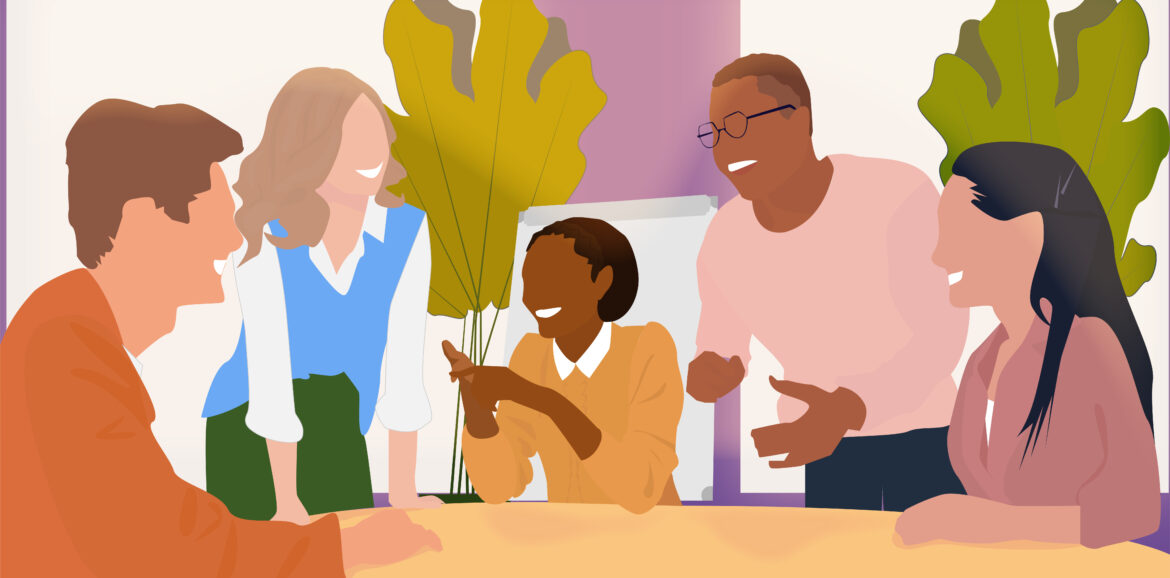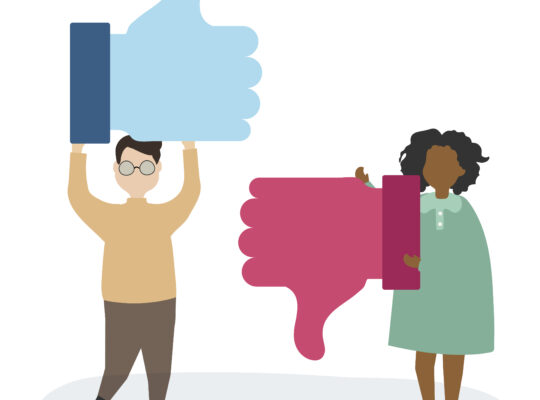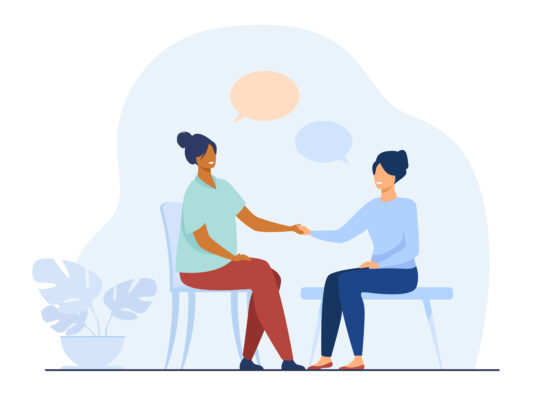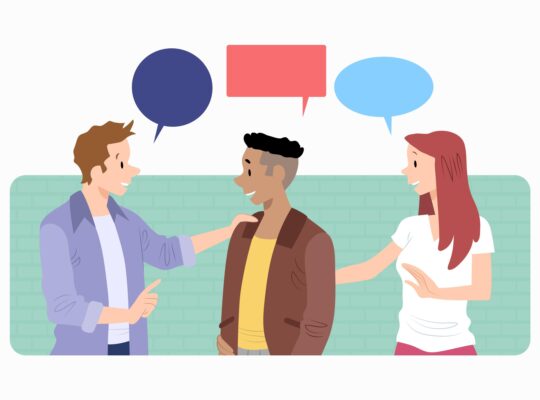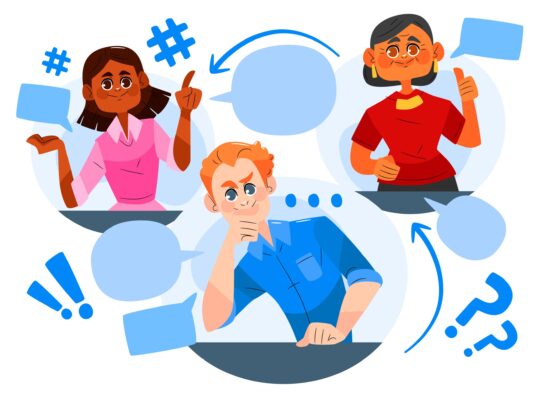| Communicating About Culturally Sensitive Issues | ||
| Instructor: Kwame Christian | ||
| Released: 6/29/20236 | Course Details 32m General | |
| Skills Covered Cross-Cultural Communication Skills | Course Link | |
| Professional Certifications and Continuing Education Units (CEUs) N/A | ||
What Makes Talking About Culturally Sensitive Issues Challenging
Recognizing feelings around culturally sensitive communication
Understanding Fear
- Overcome anxiety
- Develop confidence
- Have productive discussions
The biggest mistake is avoiding conversations.
Working with our biases and beliefs
Bias is human.
Bias
A preference toward something or a prejudice against something.
Stereotypes lead to misunderstanding. Overcome bias by recognizing it. You need to be willing to slow down and question your assumptions.
Two questions to ask
- “What assumption am I making?”
- “How do I know this to be true?”
Pause & Reflect
Have you ever formed an opinion about a person based on their perceived cultural background?
Discussing Culturally Sensitive Topics
Preparing for successful communication
One common mistake comes from failing to understand the difference between preparing for a conversation and research. Learning about the topic at hand and seeking to learn about the other culture is an important first step, but that alone does not constitute thorough preparation. You need to prepare strategically. When you’re not prepared, you make avoidable mistakes.
Three-Minute Prep
- What do I hope to accomplish?
- What is the likely goal of the other person?
- What are three questions I can ask? (to understand the situation)
Starting the conversation with connection
How do you start? Situation + Impact + Invitation = Engaged Communication.
- Communicate the situation as simple facts.
- Describe the impact in personal terms.
- Invite them into a positive conversation.
Practicing true empathy
Intentional Empathy
A choice you make, to understand what someone else sees, thinks and feels.
Psychological Empathy
Is not a choice; it’s a psychological reality.
Ingroup Bias
It’s easier for us to empathize with people who we perceive to be on the same team.
Redefining respect
The instant people perceive disrespect in a conversation, the interaction is no longer about the original purpose. It’s now about defending dignity. Listening shows respect. Validate through understanding.
Listening Game
Get your conversation partner to say:
- “That’s a great question”
- “That’s right”, “Exactly,” or “You go it”
Conflict as opportunity: Debate vs. dialogue
Before we change what we do in conflict conversations (skillset), we have to change how we think about these conversations (mindset).
Your perspective impacts the way that you engage. This is hard for people to understand because they often conflate conflict with combat, but combat is an altercation where the goal is to inflict more damage than you sustain. On the other hand, if you see conflict as an opportunity, you’ll be looking for opportunities which can motivate you to push past your discomfort.
Developing an opportunity based mindset allows you to view conflict to create positive change and solve problems. Finding points of agreement, starting with respect, you will find yourself as collaborators vs. combatants.
Communicating in a Culturally Sensitive Way
Managing microaggressions
Microaggression
A subtle but offensive action directed at a marginalized person or group, that is often unintentional.
Unsure what people will find offensive. Pay attention to body language. Show interest and curiosity.
Untangling intent from impact
Even though your intentions may be pure, your words may still inadvertently cause harm. When you have awareness of your words, it will help you treat people daily and respectfully. Focus on the impact, more on the intent. Show empathy and address the impact.
Combating gaslighting
Gaslighting
Undermining another person’s reality by denying facts, environment or feelings.
You can’t solve it if you can’t see it. Honor their experience through empathy.
Word choice is everything: principles vs. rules
Focusing on principles rather than rules can make culturally sensitive conversations easier to be achieved. The same word can mean different things to different people.
Responding to Missteps and Miscommunications
How to apologize
Apologizing is a skill. Apologizing can be difficult, a common mistake is offering a conditional apology.
Rather than saying “I’m sorry IF what I said offended you”, which calls into question the person’s feeling or doubt about their feelings, it’s better to say “I’m sorry THAT what I said offended you.” This acknowledges harm and taking full responsibility, making it a genuine apology.
Authentic allyship
What is an ally?
Someone who stands in solidarity with someone or something in order to support or provide assistance.
Inequity is a problem of bad policy, not bad people. Don’t focus on changing people, focus on changing policies. Being an ally is something you do, not just a title that you hold.
 | Remember! To experience the full benefit of this guide, I highly recommend you watch the full training session. |
